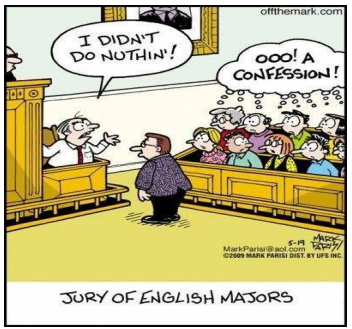TEACHING GRAMMAR IN THE POST
COMMUNICATIVE APPROACH ERA
D I A N A B A U D U C C O
Grammar. To teach or not to teach? This
has been the question that language teachers
have asked themselves for ages. It has been
a matter of debate for teachers, linguists and
second language acquisition experts.
Historically, language teaching approaches
and methods have moved from one extreme
of the spectrum to another as regards the
explicit teaching of grammar. Long before our
times, grammar was at the centre of language
teaching, as it was believed that the study of
the grammar of X‟s language was the best
way to its mastery. So, from medieval times
till around the 1970s, the fixation of language
teaching on the study and description of
structures manifested in approaches such as
the Grammar Translation and the Audio
Lingual method, with short interludes of the
other approaches such as the Direct Method,
Total Physical Response and the Silent way
which although claiming to differ still based
their syllabus on grammar points.
From the Grammar-dominated end of the
spectrum, we moved to the Absolutely-noGrammar end. Grammar based approaches
proved inadequate in that students were
unable to communicate outside the
classroom. Based mainly on Hymes‟
“communicative competence” and Krashen‟s
models of language acquisition, the
Communicative Approach emerged as the
meaning-focused alternative to the formfocused approaches of the past. Strong
versions of the approach emphasized the
teaching of functions and absolutely
discouraged the teaching of grammar structures arguing that communication – and
not language description- was the aim of
language teaching.
However, the studies of the last 30 years
have proved that the lack of grammar
instruction has not encouraged language
acquisition. On the contrary, more recent
studies show that grammar instruction and
explicit knowledge of the target language do
have positive effects on language acquisition.
So, how should we approach the teaching of
Grammar in the Post- CommunicativeApproach Era?
Source: https://www.eflmagazine.com/teachinggrammar-post-communicative-approach-era/ Accessed
on 17/06/2018






